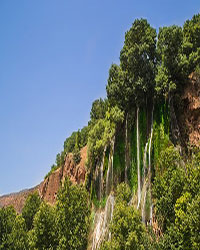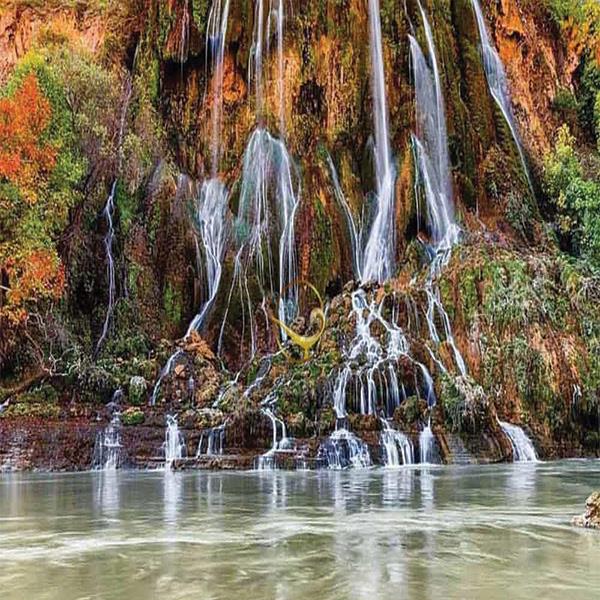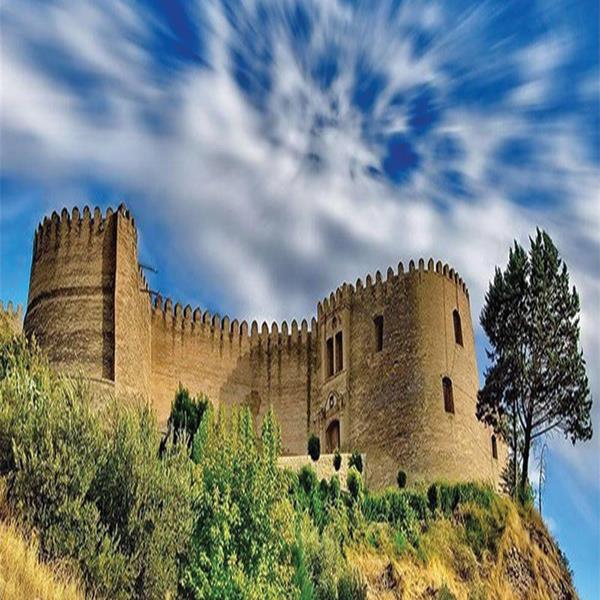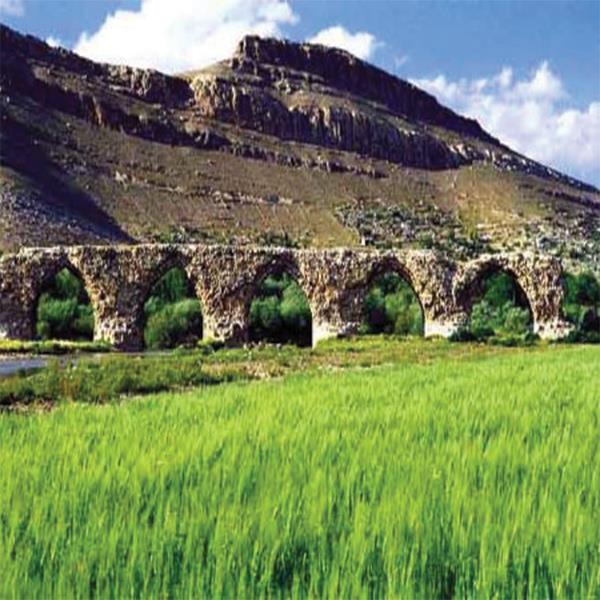khorramabad
A mountain city, that is capital of Lorestan Province, Iran. At the time of the 2006 census, its population was 328,544, in 75,945 families. Pleasent city of Khorramabad is situated in the Zagros Mountains and in the western region of country. The city population is predominantly Lur and Lak, although the two groups are closely related. Although not a major tourist destination, it is quite scenic and possesses several attractions, such as five Paleolithic cave-dwelling sites. In addition to the industries and important factories such as petrochemical, agro-industry, steel, power plant, animal husbandry and agriculture constitute the economy of this city.

Description
It commands a river gap in the Lorestan mountains used by the main road from Khuzestan to the highland plateau. A summer market for the nomadic Lur tribes, it has lively bazaars and a strong garrison. On a ridge between town and river stand the ruins of Dez e Siah (“Black Fortress”).
The high potential for environmental living conditions and the variety of historical Khorramabad remnants have attracted the societies since the Paleolithic period. The valley of this city is one of the untamed and pristine areas with a rich history and significant culture and civilization. According to the researchers and archaeological findings, this valley has always been considered a communication link among surrounding areas and also a major human settlement during the pre-Islam era, the Copper Age, and the contemporary history.
History of Khorramabad Valley
The city of Shapurkhast (current city) was one of the most important and developed cities in the Sassanid era founded by Shapur II. Unfortunately, after the Mongols’ conquest of Khwarezmia, the buildings of the Shapurkhast city were all destroyed and nothing was left of them but ruins. The name of this valley did not exist in historical texts until the decline of the Mongol’s rule, in the late 13th century. With the fall of the Khwarazmian dynasty and the Mongol Empire, in the 14th century, the ancient Iranian civilization left its marks around the castle of Falak ol Aflak. The prosperity of the valley began from the Safavid era, during the reign of Shah Abbas I, and continued until the Qajar and the Zand dynasties.
Attractions
This mountain city has numerous tourist attractions as well as historical places like: in the city center, a tall citadel called Falak-ol-Aflak, a relic of the Sassanid era, is now a nationally popular museum. Another natural attraction is Bisheh waterfall is located in heart of Zagros mountains. The other sightseeing is Shapouri Bridge.


